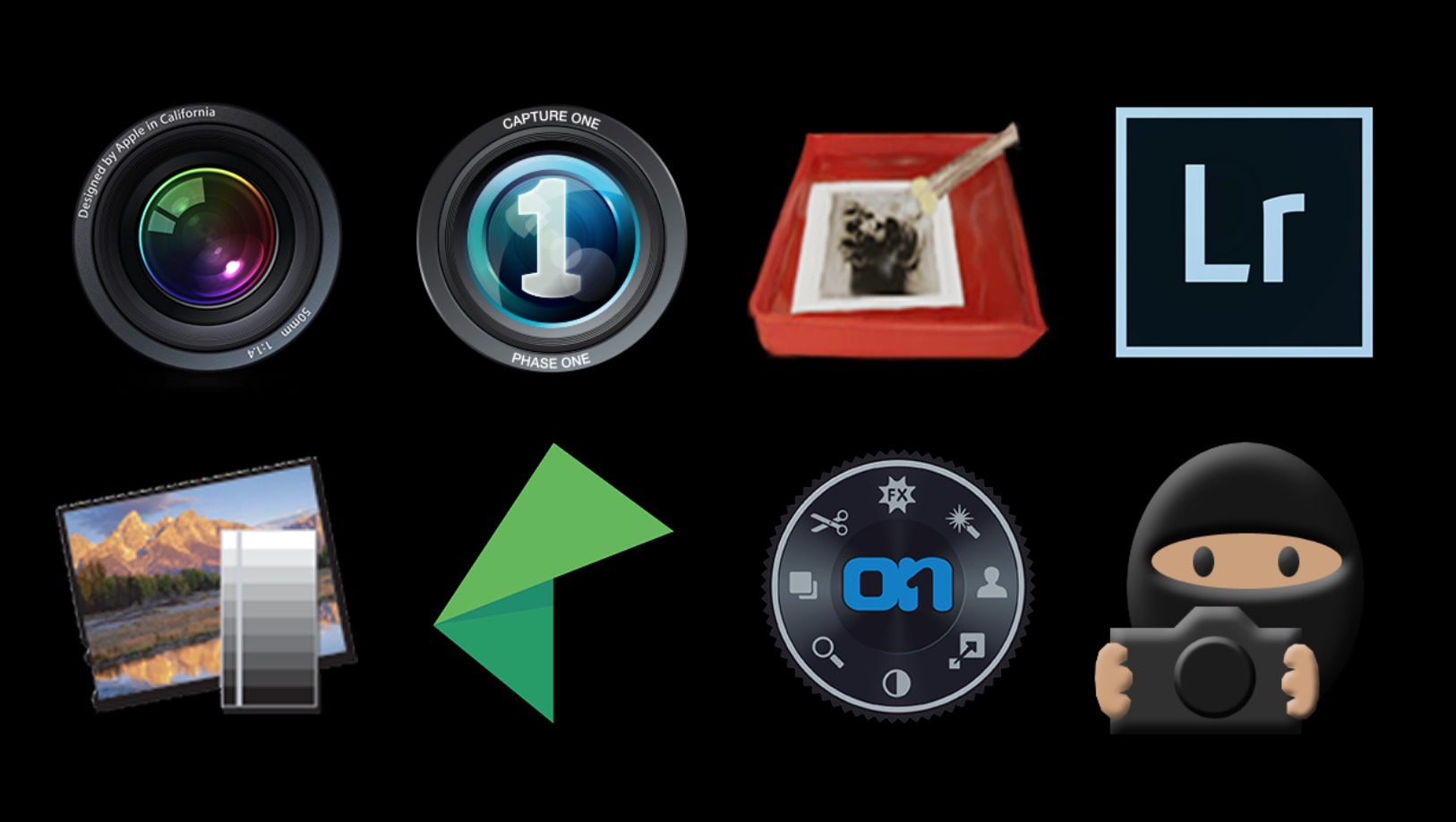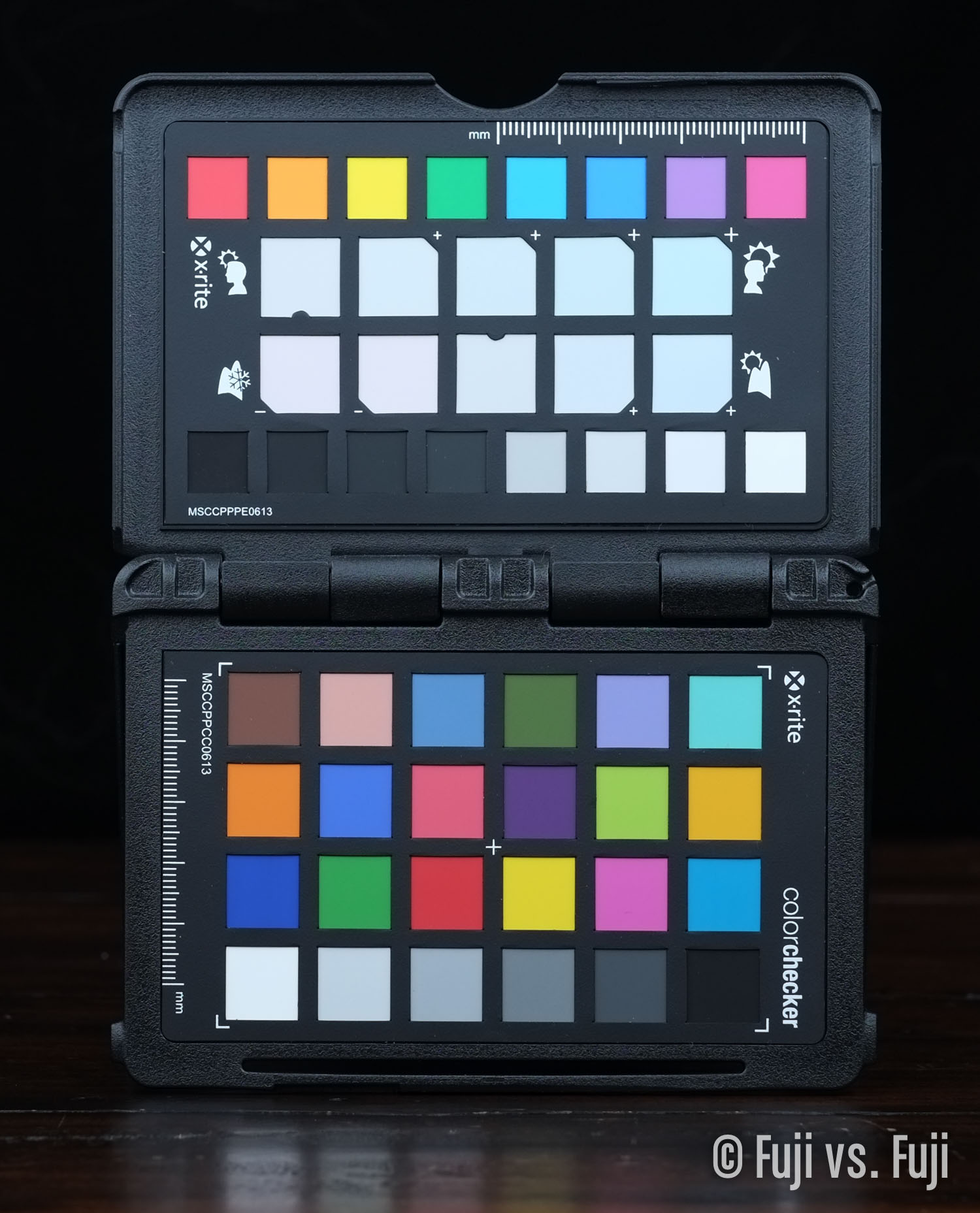Backblaze
/Last year I decided that the local backup strategy I had in place for my photos wasn’t cutting it. Not to mention leaving for vacation with my computer and external hard drive backups “hidden” didn’t leave me feeling particularly at ease. A break-in or fire could have resulted in my gear—and thus, all my photos—being gone forever.
I decided it was time to give Backblaze a try. For those who don’t already know, Backblaze is remote backup for everything that’s on your computer, including any connected external hard drives for $5/month. The price was never an issue; $60 a year for unlimited remote backup, and crazy fast retrieval of my files is a no-brainer. The problem I was faced with was my initial backup, which clocked in at just under 1 terabyte.
I’m not gonna lie, for me it sort of sucked. In Canada, we’re faced with mostly terrible options when it comes to ISPs that have comically low bandwidth caps, and even worse upload speeds. I initially tried to manage my backup to only allow my monthly allotted bandwidth. It was impossible. What I ended up doing was paying for unlimited bandwidth during the time it took for my initial backup to complete. It gets worse. If I dared use the entirety of my puny upload limit of 3 whole MB, my 35MB/second download speed would grind to a halt. This makes absolutely no sense, but that’s what we get for trying to use the service for which we’re paying, for legitimate reasons. This meant keeping my upload speed to 1MB or maybe 2MB for the majority of my initial upload. That was painful. The initial backup took well over a month, but that was 100% the fault of my awful ISP, and the fairly large amount of data I had to push upstream. I’ve heard many reports of people pushing many times the data I had in well under a week.
Now that my initial back up has completed, Backblaze could not be easier. I don’t even think about it. I leave my max upload speed at around 2MB/second, and take solace in the fact that I have a complete remote backup of all my stuff. I’ve tested the retrieval process a bunch of times, and it works flawlessly. The only minor inconvenience is having to pause my backup on occasion while watching Netflix. That terrible ISP again.
So why am I writing about this? Well, if there’s one thing I know my readers have, it’s photos. Losing all your photos would suck. I also like Backblaze so much that I can recommend them without hesitation. If you’re thinking about getting yourself a remote back up, and you should, consider using a link to my newest affiliate, Backblaze. A full year will probably cost less than your monthly cell phone bill, and I guarantee you will feel better knowing you digital stuff is safe. I know I do.














